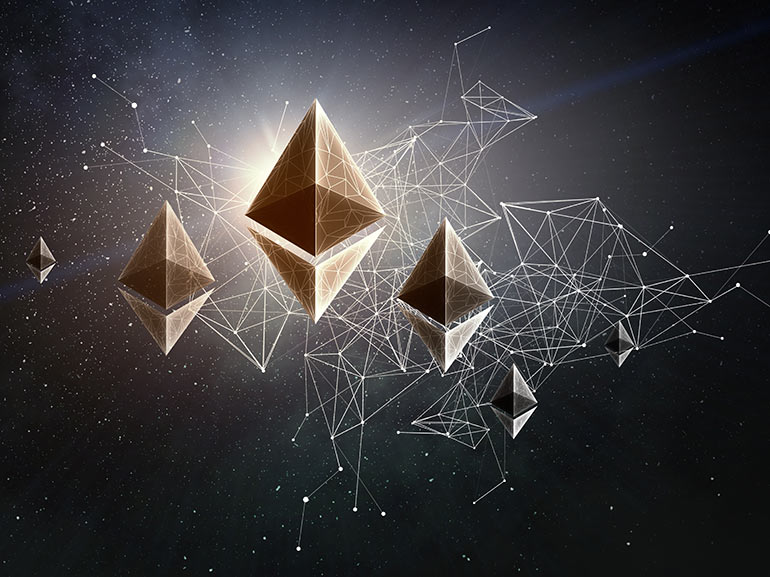What Is the Avalanche (AVAX) Coin & How to Trade It?
Date Modified: 11/02/2024
While it may be less known than Ethereum, the Avalanche (AVAX) is a Cryptocurrency worth knowing and keeping in mind. It is also deemed one of Ethereum’s competitors. So what exactly is Avalanche, how do you trade it, and what are its advantages and disadvantages? Here’s what you need to keep in mind:

TL;DR
- Avalanche (AVAX) is a multichain smart contracts platform, often considered a competitor to Ethereum.
- The native token of the Avalanche network is called AVAX.
- AVAX can be used for transactions, system rewards, and governance decisions.
- Avalanche and Ethereum share multiple similarities, with a few distinguishing features.
What Is Avalanche (AVAX)?
In order to understand what the Avalanche (AVAX) Cryptocurrency is, it is important to acquaint oneself with the Avalanche blockchain.
Avalanche (AVAX) is a multichain smart contracts platform that’s known for being one of the Ethereum blockchain’s competitors.
It also has a sophisticated ecosystem of smart contracts capable of bolstering a wide spectrum of blockchains, ranging from decentralized networks to fully autonomous ones.
What Is the Avalanche Coin (AVAX) and How Can It Be Used?
The Avalanche (AVAX) coin is a Cryptocurrency and the native token of the Avalanche blockchain. AVAX plays a pivotal role in facilitating transactions and distributing system rewards within the Avalanche network.
AVAX also allows holders to actively engage in governance decisions, hence affecting the trajectory of the Avalanche blockchain. Moreover, the token serves as a facilitator of transactions on the Avalanche network by facilitating fee payments.
The History of Avalanche: A Brief Timeline
- May 2018: The Avalanche concept emerged and is shared on the InterPlanetary File System (IPFS) by a pseudonymous group named "Team Rocket."
- 2018-2019: A team of researchers from Cornell University developed the blockchain.
- March 2020: Avalanche’s AVA codebase becomes open-source.
- July 15, 2020: Avalanche's initial coin offering (ICO) took place.
What Is the Purpose of the Avalanche Network?
The Avalanche network, through its Proof of Stake (PoS) system, is created with the aim of providing a scalable, secure, and decentralized network.
The blockchain also supports dApps smart contracts and provides interoperability through the integration of multiple DeFi ecosystems.
What Are the Differences between Avalanche and Ethereum?
As previously noted, Avalanche is regarded as one of Ethereum's competitors due to shared characteristics, such as their ability to empower developers in creating immersive and distinctive decentralized applications (DApps). In addition, both Avalanche and Ethereum have utility tokens called AVAX and ETH (respectively).
Nonetheless, there are a few key differences and these are as follows:
- Speed: The Avalanche network is by far faster than the Ethereum network. Whereas the former allows for about 6,500 transactions per second the latter allows for 15 per second.
- DeFi: Ethereum’s DeFi is more advanced than Avalanche’s and many applications like Uniswap or Aave are built on the Ethereum DeFi ecosystem.
- Fees: Ethereum’s transaction fees are more expensive than Avalanche’s transaction fees.
What Are the Advantages and Disadvantages of Avalanche (AVAX)?
Like many blockchains and Cryptocurrencies, the Avalanche (AVAX) coin has its own advantages and disadvantages.
Some of what is considered to be its main advantages are low transaction costs and compatibility with the Ethereum blockchain. In addition, it is considered to be more eco-friendly as it has a low carbon footprint.
Conversely, while the blockchain strives for increased security, it is deemed susceptible to hacking. Moreover, the platform may exhibit centralization, as certain nodes may entrust their responsibilities to external entities, potentially contributing to heightened centralization and the accumulation of nodes by a few entities, resulting in significant node concentration.
How to Trade Avalanche (AVAX)?
To trade Avalanche (AVAX), you have the option to open either a buy or sell position through Plus500's Avalanche (AVAXUSD) Contracts for Difference (CFDs).
CFDs enable you to capitalize on both upward and downward AVAX price movements, providing you with the flexibility to navigate market fluctuations.
Moreover, CFDs allow you access to leverage, which can multiply your gains if market conditions go along your position, while also increasing your losses in case the market goes against your trade.
Alternatively, you can directly buy the coin through Crypto exchanges.
Conclusion
In conclusion, Avalanche (AVAX) stands as a noteworthy Cryptocurrency, competing with Ethereum.
However, challenges such as security vulnerabilities and potential centralization exist.
Therefore, whichever way you choose to trade AVAX, it is essential for navigating the dynamic digital asset landscape.
FAQs
Avalanche is a multichain smart contracts platform and AVAX is its native Crypto token.
You can directly buy it from Crypto exchanges or trade CFDs on it with CFD providers like Plus500.
You can use AVAX to conduct system rewards, transactions, and governance decisions.
One of the main differences between Ethereum and Avalanche is that Ethereum is more pricey while Avalanche processes transactions faster.
Learn More About Avalanche
Related News & Market Insights
Get more from Plus500
Expand your knowledge
Learn insights through informative videos, webinars, articles, and guides with our comprehensive Trading Academy.
Explore our +Insights
Discover what’s trending in and outside of Plus500.
Stay up-to-date
Never miss a beat with the latest News & Markets Insights on major market events.


